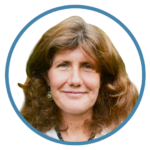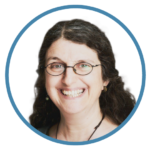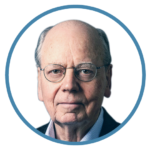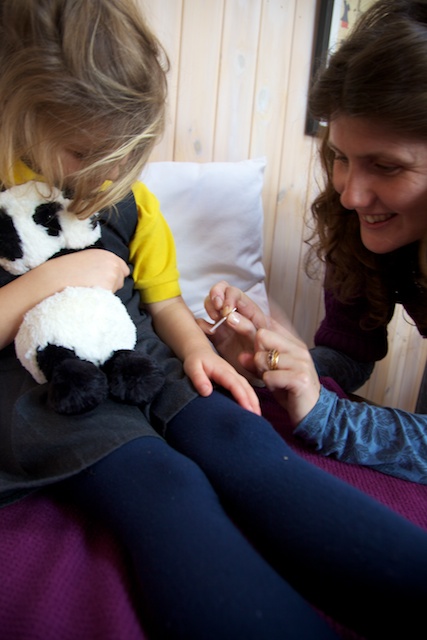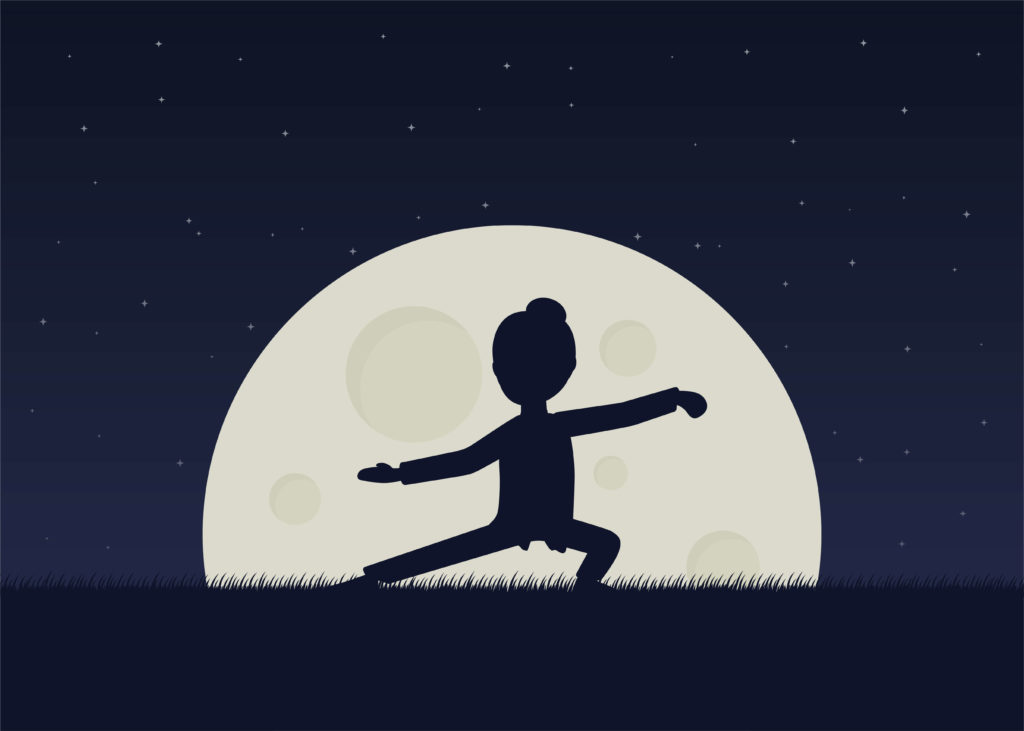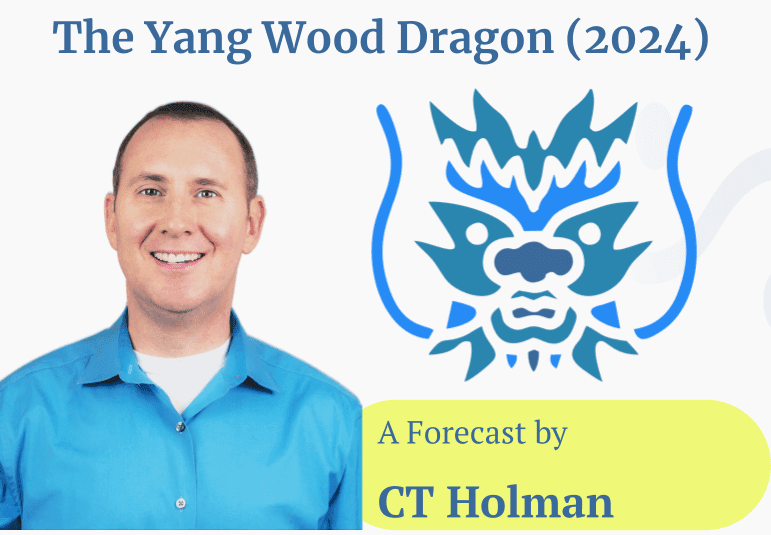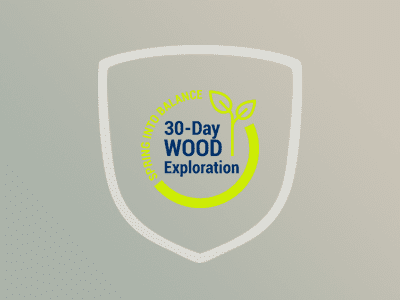Nothing Comes From Nothing
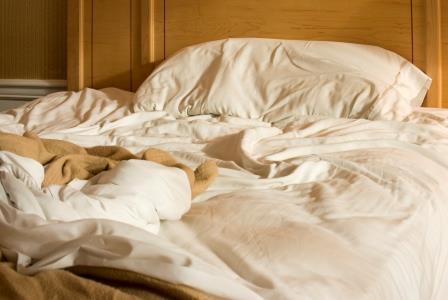
Nothing Comes From Nothing
From Tracey Emin to Father Larre…
I remember seeing Tracey Emin’s unmade bed for the first time. My immediate response was something along the lines of “What a pile of old rubbish” and “What does That have to do with Art!”
Now, perhaps you are wondering what on earth Tracey Emin has to do with TCM, then please read on.
It was many years later that I came face to face with a painting by the great Romantic artist Delacroix – of an unmade bed (press to see). By connecting this classical picture to Tracey Emin’s installation my respect for her modern work immediately increased as I now had a greater appreciation of its historical origins and context.
“Nothing comes from Nothing” is a concept first put forward by the Ancient Greek Philosopher Parmenides suggesting that there is a continuation between all things both past present and future. As practitioners of TCM, a medicine with ancient roots, whose origins are in the natural world this concept has huge relevance to us.
Ancient Chinese scholars made careful observations of nature and humanity over many thousands of years. They recorded and further honed these in order to form the basis of the Classical Chinese Medical philosophies. However technologically evolved our clinics become, and however many modern techniques we adopt, the fundamental core of our medicine remains constantly rooted in the Classics.
In his introduction to Liu Lihong’s book Classical Chinese Medicine, Heiner Frauhof states that
“Mainstream views of reality have come to disregard the subtle domains of process and function, dynamic energy transformation, spirit, and the invisible threads that bind us to our ancestors in the transmission of knowledge—in essence, the core elements of classical Chinese Medicine.
While these lenses have brought the gifts of logic, order and precision, they have also come with the qualities of arrogance, prejudice and, in a better scenario, esoteric amusement. We have become largely ignorant of the enormous potential that the ancient wisdom traditions offer for the task of healing the complex maladies of our time”.
We access the classical roots of our profession every time we make a Chinese herbal prescription or insert an acupuncture needle: An invisible yet potent Assembly of Ancestors (TB 7) guides our hand through every treatment. We can intensify this link by familiarising ourselves with the Classical texts to increase our understanding of the subtle nuances of our medicine.
To end with the wise words of Father Claude Larre, who did so much to make the ancient texts accessible to us all today:
“By returning to the classical roots of Chinese Medicine we can make a truly significant contribution to the medicine of the future”.
Stay safe & connected to the Classical Chinese medicine lineage, and to one another around us.
Strengthen your connection with the Classical Texts
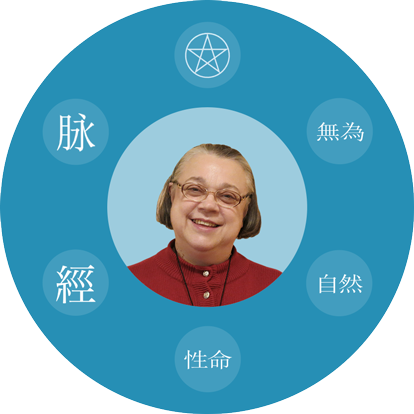
Return to the Roots of Chinese Philosophy & Medicine with Elisabeth Rochat de la Vallée
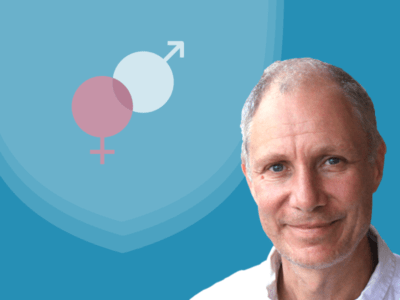
Male and Female Archetypes within the 12 Organ Networks with Prof. Heiner Fruehauf Ph.D., L.Ac.


